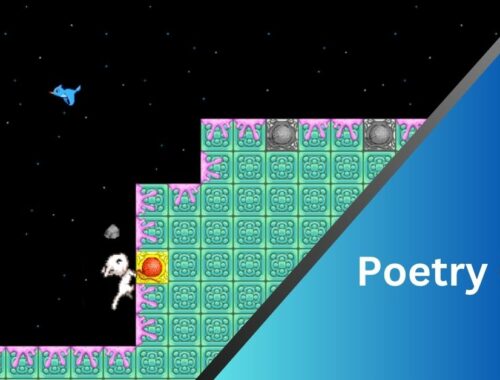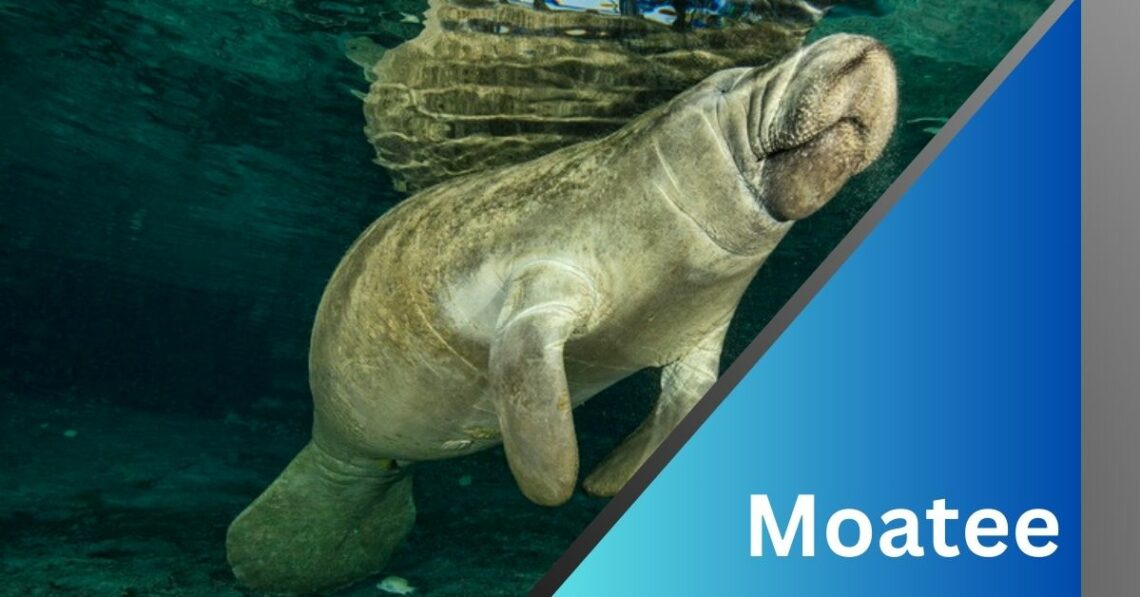
Moatee – Click Here For The Full Report!
Introducing the mystical moatee, a creature of myth and legend, yet a crucial guardian of aquatic ecosystems.
Moatees are mythical creatures, but their symbolic importance resonates with the ecological role of real-world species in maintaining aquatic balance.
Dive into the enchanting world of moatees, where myth and reality intertwine to remind us of the magic in our natural world.
Table of Contents
ToggleOrigins And Mythology – Dive Into The Information Now!
The moatee, as you described, is a fascinating mythical creature with origins deeply rooted in ancient folklore and legends.
While the specific details may vary across different cultures, some common themes exist in the stories about moatees.
In many cultures, the moatee is seen as a gentle and benevolent creature, often depicted as a significant, aquatic being with a body resembling a manatee or a dugong. It is believed to possess magical powers, particularly related to water and the sea.
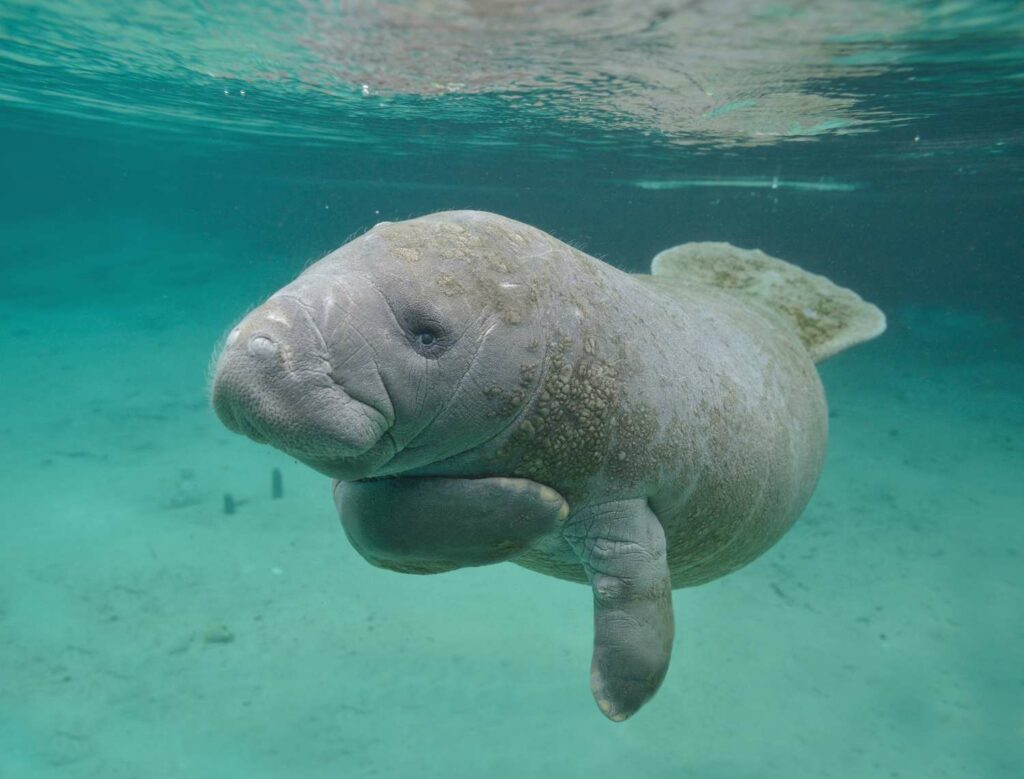
Some stories portray the moatee as a guardian of the waters, ensuring the safety of sailors and fishermen by guiding them away from danger and providing them with abundant catches. One of the most common themes in moatee folklore is their ethereal beauty and calming presence.
It is said that encountering a moatee can bring peace and tranquility to those who see it, leading to beliefs that they have the power to soothe troubled waters and calm storms.
In some cultures, the moatee is also associated with healing powers. Their touch is believed to cure ailments and bring about a sense of well-being. This belief has led to more imagery and symbolism in various healing practices and rituals.
Overall, the moatee is a mythical creature that embodies the beauty and mystery of the natural world, inspiring awe and reverence in those who hear its stories.
Read Also: PETER CONSTANTINIDES – EMPOWER WITH CONSTANTINIDES!
Physical Characteristics – Learn More With One Click!
The moatee is a mystical creature of serene beauty, resembling a large aquatic mammal with a sleek, streamlined body and flipper-like limbs.
Its graceful movements and gentle nature make it a peaceful presence in freshwater lakes, rivers, and coastal waters, where it grazes on aquatic plants and algae.
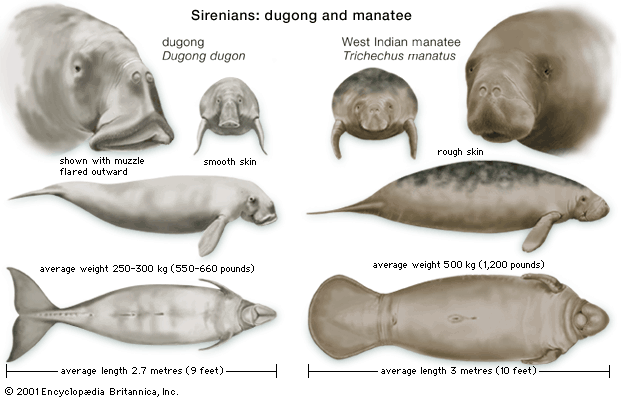
Gliding effortlessly through the water, the more exudes a sense of tranquility, reflecting its mythical reputation as a guardian of the seas.
Despite its mystical qualities, the moatee plays a crucial role in the health of aquatic ecosystems, helping to control the growth of aquatic plants and serving as an indicator of a healthy environment.
Through folklore and legend, the moatee has become a symbol of harmony with nature, embodying the interconnectedness of myth and the natural world.
Ecological Importance – Access Key Insights Effortlessly!
Despite their mythical reputation, moatees play a vital role in maintaining the health of aquatic ecosystems.
As herbivores, they play a crucial role in controlling the growth of aquatic plants. By grazing on algae and other vegetation, moatees help prevent overgrowth, which can lead to imbalances in the ecosystem.
This allows other aquatic species to thrive by ensuring they have enough space and resources. Moatees also serve as indicators of the overall health of aquatic environments.
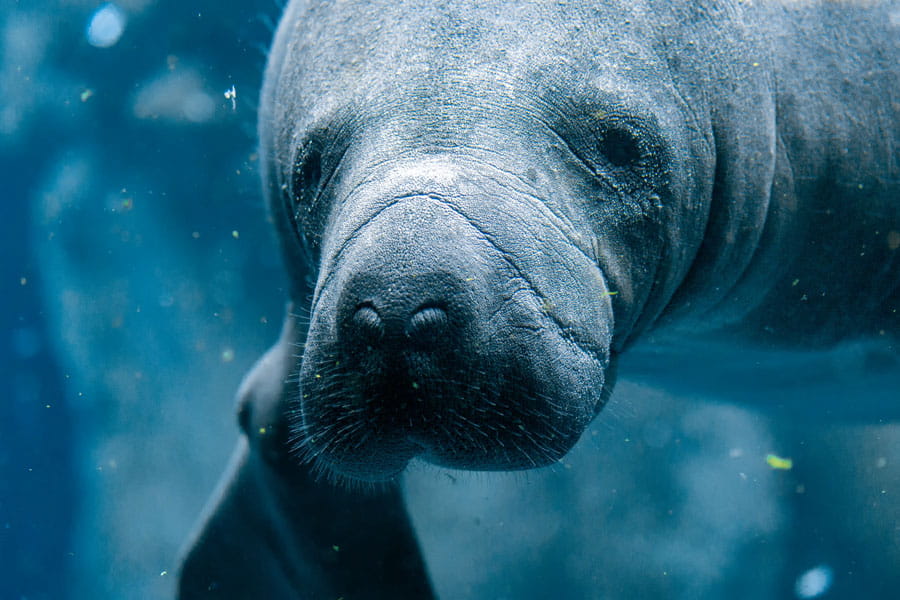
Due to their sensitivity to changes in water quality and habitat degradation, their presence or absence can signal potential issues within an ecosystem.
Healthy populations of moatees suggest a well-balanced and thriving aquatic environment, while their decline or disappearance can indicate underlying problems that must be addressed.
Overall, moatees, despite their mythical origins, are integral to the health and balance of aquatic ecosystems.
Understanding and protecting these creatures can have far-reaching benefits for the entire ecosystem they inhabit.
Read Also: NICOLE COMSTOCK – EXPLORE NICOLE’S IMPACT NOW!
Conservation Efforts – Click To Unlock The Details!
Moatees face numerous threats to their survival, including habitat loss, pollution, and climate change. As human activities continue encroaching on their habitats, moatees are losing critical areas where they can graze and thrive.
Pollution from sources such as agricultural runoff and industrial waste poses a significant risk to moatee populations, affecting both their health and the availability of food sources.
Climate change also impacts moatees, with rising temperatures and sea levels altering their habitats and food sources.
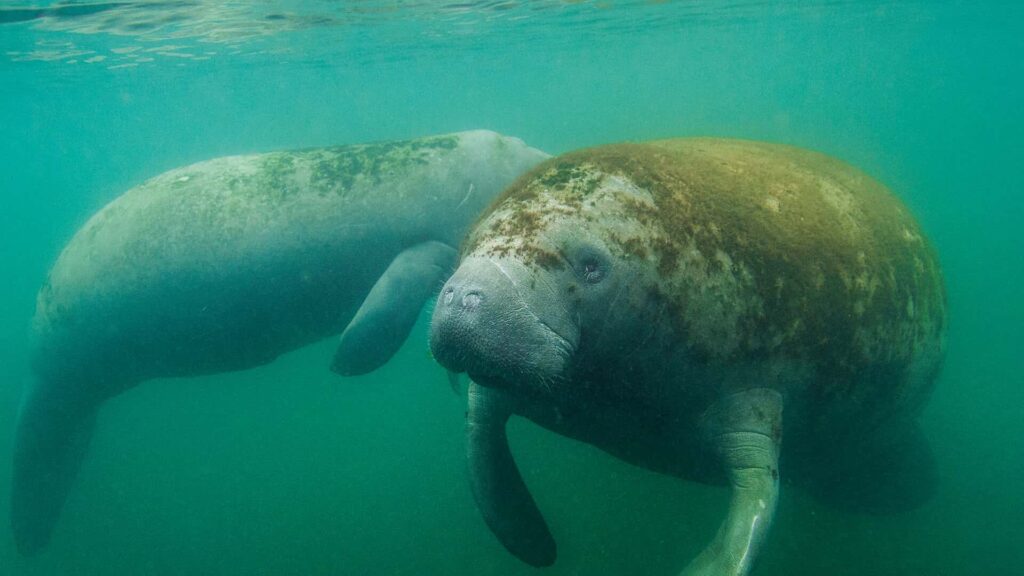
Conservation efforts are underway to protect these majestic creatures and ensure their continued existence—initiatives such as habitat restoration aim to create safe spaces for moatees to live and breed.
Pollution control measures help reduce the impact of contaminants on moatee populations. Public education campaigns raise awareness about the importance of preserving moatee habitats and the need to reduce human impacts on their environment.
By addressing these threats and implementing conservation measures, we can help protect moatees and ensure they enrich our world with their beauty and grace.
Conclusions:
Moatees are not just creatures of myth and legend but also integral components of our natural world. Their mystical reputation as guardians of the waters is intertwined with their ecological role as herbivores that help maintain the health of aquatic ecosystems.
FAQS:
1. Are moatee real creatures?
Moatee are mythical creatures that exist in folklore and legend. While they are not real, they are often depicted as giant aquatic beings with magical powers, particularly related to water and the sea.
2. What is the ecological importance of moatee?
In folklore, moatee are often portrayed as guardians of the waters, ensuring the safety of sailors and fishermen. However, in reality, moatees are not natural creatures and do not have ecological importance.
3. How do moatees contribute to aquatic ecosystems?
In folklore, moatees are often depicted as herbivores that graze on aquatic plants and algae, helping to control their growth. While moatees are not natural creatures, this portrayal reflects the vital role that real-world herbivores play in maintaining the balance of aquatic ecosystems.
4. What are the threats to moatee populations?
Moatee face numerous threats to their survival, including habitat loss, pollution, and climate change. Conservation efforts are underway to protect these majestic creatures and ensure their continued existence.
Read Also:
NICOLA LOCKHART – ACCESS THE FULL PICTURE EFFICIENTLY!
UNDERSTANDING TITLE LOANS
You May Also Like

How Do I Hire a Salesforce Consultant?
March 15, 2024
Lauren Daigle Married – Unlock Her Love!
February 20, 2024